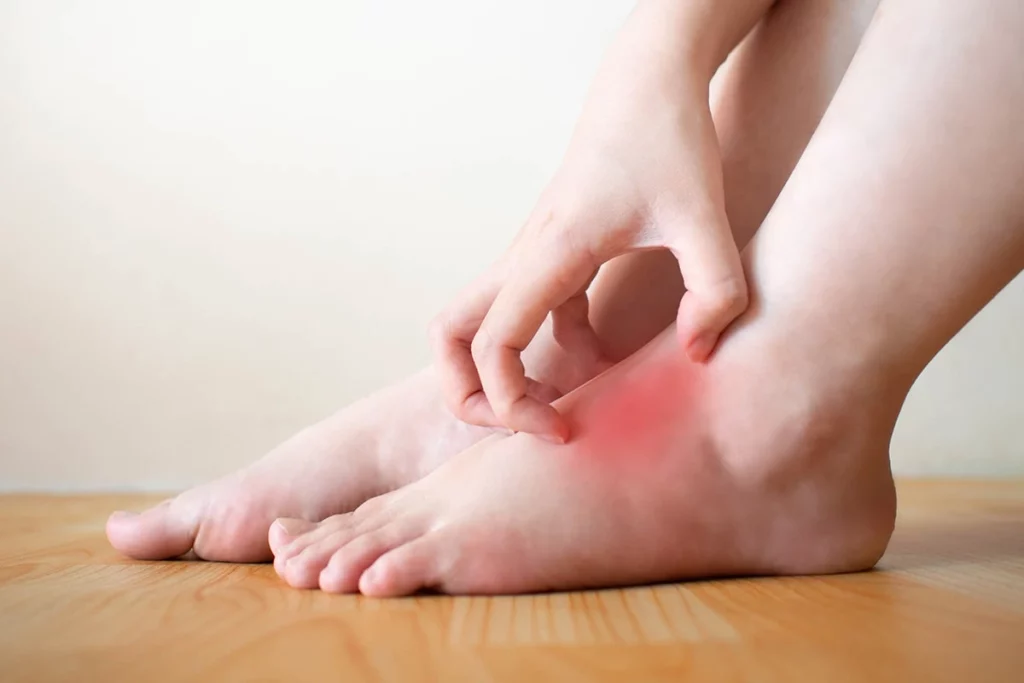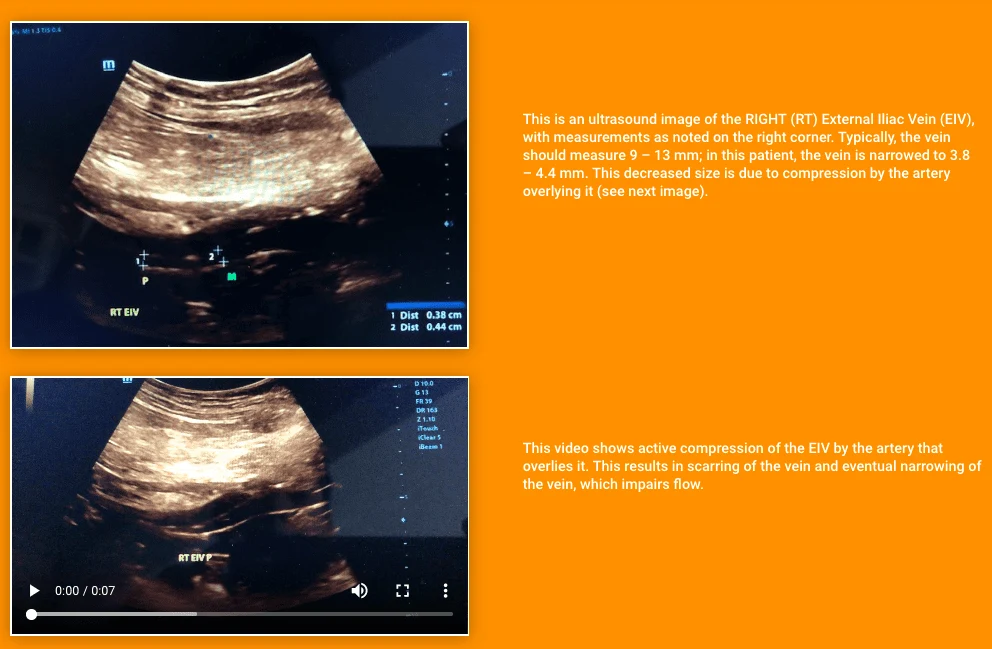Lower Extremity Swelling / May-Thurner Syndrome
Bloomfield Vein & Vascular PLLC
Diego Hernandez, MD
Vascular Surgeon located in Bloomfield Hills, MI
A swollen leg can be a sign that there’s something not working correctly in your body. It is a common symptom of conditions such as having a lower extremity swelling or the May-Thurner Syndrome. Under the leadership of Diego Hernandez, MD, the medical staff at Bloomfield Vein & Vascular PLLC in Bloomfield Hills, Michigan, can do a thorough evaluation to eliminate your leg swelling and get you back to feeling like yourself again.
We are at 43700 Woodward Ave #207 Bloomfield Twp, MI 48302. Book online or you may call at (248) 481-2100 to schedule a consultation with a board-certified vascular surgeon in Metro Detroit.

What is May-Thurner Syndrome?
May-Thurner syndrome is a specific type of leg swelling. This condition affects the iliac veins in your legs that are supposed to carry blood back to your heart.
With May-Thurner syndrome, the right iliac vein crisscrosses the left iliac vein, compresses it, and causes the blood to flow irregularly. This process can have dangerous medical consequences, including deep vein thrombosis or blood clot in your left leg. If not caught in time, the clot may break off and travel to your lungs.
- Leg swelling
- Pain after prolonged standing
- Achiness, heaviness or tiredness in your legs
- One leg appearing larger than the other
- Varicose veins, particularly in the upper thigh
- Skin discoloration that feels warm to the touch
- A weak feeling in your legs while standing or walking
Leg Swelling
May-Thurner Syndrome
Why do I have May-Thurner Syndrome?
Unlike other vascular conditions, heredity doesn’t play a role in developing May-Thurner Syndrome. The exact cause of this condition is not known. What we do know is that it’s more common in women aged 20 to 40-years-old. This seems particularly true after pregnancy or after prolonged periods of inactivity.
Other common denominators amongst May-Thurner syndrome sufferers are:
-
History of scoliosis
-
Suffer from dehydration
-
Having a medical condition where your blood clots too much
May-Thurner syndrome is rarely diagnosed in and of itself. Usually, it’s detected once it causes issues like a blood clot. This makes it essential that physicians keep May-Thurner syndrome in mind when they are diagnosing young women with lower extremity swelling.
"*" indicates required fields

May-Thurner Syndrome
How is May-Thurner syndrome treated?
Treating May-Thurner syndrome can be complicated. However, highly experienced vascular specialists turn to comprehensive diagnostic tools to thoroughly research a patient’s situation so that they can create their treatment plan.
At Bloomfield Vein & Vascular PLLC, Diego Hernandez, MD, suggests performing a venogram, an X-ray test where a contrast dye maps out how your veins are working.
Stenting is usually the recommended procedure to fix May-Thurner syndrome. This treatment involves using a special small metal cylinder or stent to support the wall of the blood vessel that is being compressed. At Bloomfield Vein & Vascular PLLC, this procedure is conducted right in their state-of-the-art facility.
If you’ve noticed that one of your legs appears larger than the other, make an appointment at Bloomfield Vein & Vascular PLLC in Bloomfield Hills, Michigan, right away. Book online or call today.

